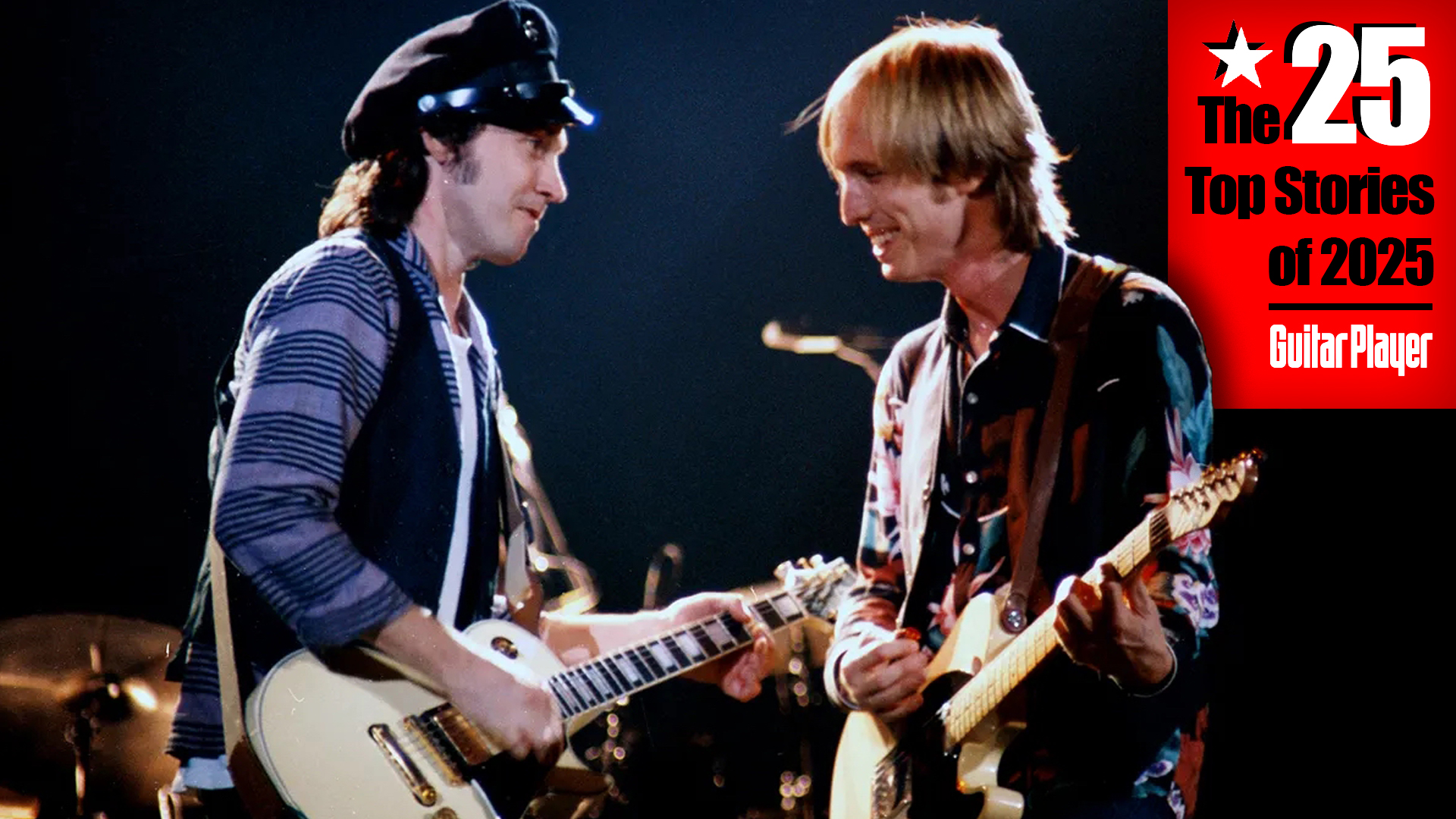Six important things you need to consider before buying a vintage guitar amplifier
From speakers and transformers to capacitors and resistors, here's what you need to pay attention to before pulling the trigger

Vintage amps are like classic cars. Although old cars don’t have slick, modern features like GPS or heated seats, they still offer a fun riding experience that’s hard to beat (plus they make you look cool!)
Guitarists, whether they’re collectors or players, often prefer vintage amps because of their superior sound, collectability and attractive design.
Like a vintage car, a vintage guitar amp often needs a good going over or a complete overhaul, depending on where it’s been, how much it’s been played and how it’s been maintained.
When buying a used car, it’s prudent to have your mechanic check it first. The same approach is recommended when buying used tube amps. Find a good tech, have them check it before purchasing, if possible, and have them do the necessary work to restore it to optimum playing condition.
If you don’t know a good tech, ask local musicians or amp enthusiasts on the web. Almost every major city has an amp guru or two, and often the best amp techs in the area are well-kept secrets who do business strictly by word-of-mouth recommendation.
Choosing a vintage amp often depends on whether you are buying for collecting or playing. Will you play at home or with a band? Will you play small clubs or stadiums? Are you more concerned about originality or reliability?
A pristine, mint-condition amp with 100 percent original parts may be fine for playing in the studio, but it may not be the best choice for gigging, as parts and cosmetic appearance can quickly wear out from consistent use and abuse.
Here are six important considerations that affect the value and playability of a vintage amp:
1. Physical Condition
You can trust Guitar Player.
As with any antique or collectible, physical condition counts. Visible and irreversible cosmetic modifications are as much of an issue on amps as they are on electric guitars. It’s not unusual to find mini switches or pickup routs on guitars.
On amps, you may find cabinets with cutouts for fans or extra holes in the front and back panels. These severely reduce collectability and value.
If you are collecting, look for original logos, coverings (tweed, vinyl, tolex and so on), and grille cloths. Corners, piping, handles and feet matter, but they are less important.
If tone is your primary consideration, the cosmetics don’t matter, except for the grille cloth, which can affect the sound.

2. Original Speaker
The original speaker plays a crucial role in both value and tone. For collecting, a speaker that still has its original cone is essential for a museum piece.
However, old speakers will eventually fail and need to be re-coned, especially if you plan to play the amp at loud volume levels, where they sound best.
Fortunately, the parts for many vintage guitar amp speakers are still available, and many techs and speaker repair shops can bring old speakers back to life.
3. Transformers
Transformers are very important to value and tone. Thankfully, good replacements are still available from a variety of sources.
The output transformer is the most important part, followed by the power transformer and the choke.
A replaced power or output transformer can devalue an amp by as much as 15 to 20 percent, or more if both are replaced.

4. Capacitors
The capacitors in the signal path make a difference to an amp’s tone and value. Both collectors and players look for original caps.
The parts on many old amps have failed or will, but good replacements are readily available.
5. Filter Caps
Filter caps will stop working because they have a limited shelf life. I’ve seen 50-year-old amps with original filter caps that work fine, but they will eventually stop functioning.
Originality affects value somewhat, but while original filter caps are fine for a museum piece, you should have them replaced if you plan to use the amp.

6. Resistors
Resistors can and do fail. Many older amps used carbon composition resistors. These have a reputation for good tone, but they drift in value over time and get noisy. How much and how bad depends on their quality.
When changing parts, I recommend that you use or specify replacement parts of the same composition as the originals. Resistors and capacitors of different construction produce sonic differences that can sometimes be quite dramatic. Some NOS parts are available, but generally they are very hard to come by, and expensive. For that matter, avoid old filter caps, even NOS.
Keep in mind, too, that people will often hang onto the original parts they’ve replaced and include them when they sell the amp. You may find that a tech can salvage the outer portion of the failed component and insert a new part inside to maintain appearances. It may just be the next best thing to having the original.
Mitch Colby is a former executive VP and chief marketing officer of Korg USA, and helped develop many Marshall and Vox amp designs. In addition to owning an impressive collection of amps, he restored the largest private collection of vintage amps. He is the mastermind behind Colby Amplification.
All the latest guitar news, interviews, lessons, reviews, deals and more, direct to your inbox!
